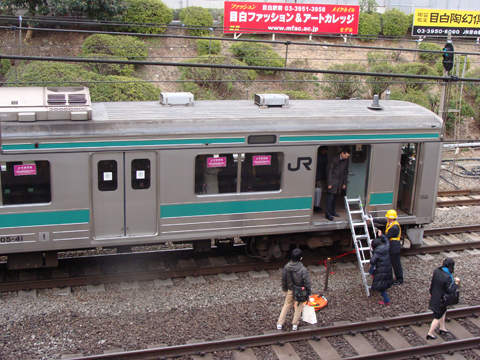How Japan’s Rail Network Survived the Earthquake
The Tohuko Shinkansen bullet trains re-started operations only 49 days after the earthquake had caused this damage.
The Tohuko Shinkansen bullet trains re-started operations only 49 days after the earthquake had caused this damage. The number of the people who could not go home on that day in the Tokyo metropolitan area was reported as 2.6 million. A brief 12-15 seconds before a massive earthquake of 8.9 magnitude hit mainland Japan on the afternoon of 11 March 2011, a seismometer at Kinkazan belonging to the country’s eastern rail operator JR East sent an automatic stop signal to the Shinkansen – Japan’s high-speed bullet train – electric power transmission system, triggering the emergency brake on 33 trains. Industry exper…Read More
Source: https://www.railway-technology.com/features/feature122751/
